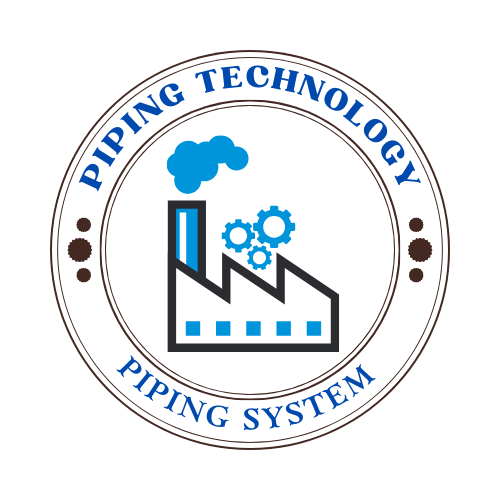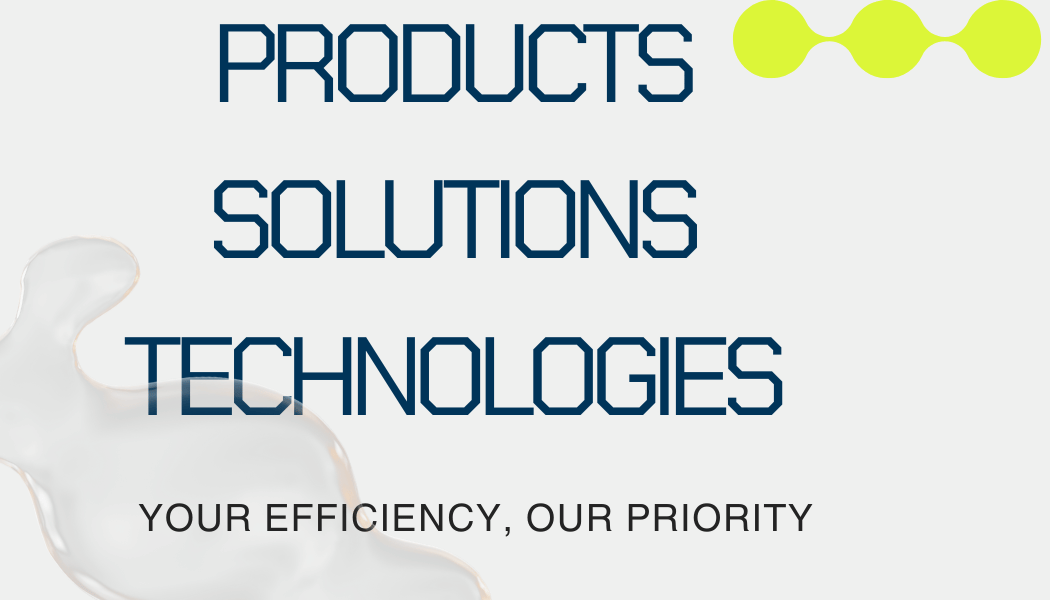In the intricate world of measurement and control, vacuum gauges stand out as essential tools for assessing vacuum pressure in various environments—from laboratories to industrial settings. These devices are pivotal for ensuring the correct vacuum conditions are met for processes such as manufacturing electronics, conducting scientific research, and even maintaining aircraft systems. Vacuum gauges vary widely in design, operating principle, and application, making them a versatile component in the toolkit of engineers and scientists. This article delves into the different types of vacuum gauges, their applications, and the technical considerations necessary for choosing the right gauge for specific tasks. By understanding how these gauges work and the key role they play across various industries, professionals can better optimize their processes and maintain the high standards required for precision and safety in vacuum applications.
What is Vacuum Gauge? How Vacuum Gauges work ?
Contents
- 1 I. What is Vacuum Gauge?
- 2 II. Types of Vacuum Gauges
- 3 III. How Vacuum Gauges Work
- 4 IV. Applications of Vacuum Gauges
- 5 V. Selecting the Right Vacuum Gauge
- 6 VI. Maintenance and Troubleshooting of Vacuum Gauges
- 7 VII. Advancements in Vacuum Gauge Technology
- 8 VIII. Vacuum Gauge Manufacturers
- 9 Conclusion

Contents1 1. What is a Pressure Reducing Valve?1.1 Key Functions of a PRV:2 2. Working Principles of Pressure Reducing Valve2.1 Understanding Fluid Pressure Dynamics2.2 How Pressure Reducing Valves Work2.3 Difference from Pressure Relief Valves3 3. Types of Pressure Reducing Valves3.1 a. Direct-Acting PRVs3.2 b. Pilot-Operated PRVs3.3 c. Spring-Loaded PRVs3.4 d. Dome-Loaded PRVs3.5 e. Specialty PRVs3.5.1 […]

Contents1 I. What is a bulkhead fitting?2 II. Types of Bulkhead Fittings2.1 1. Material Types2.2 2. Thread Types2.3 3. Connection Types2.4 4. Specialized Bulkhead Fittings3 III. The difference between Bulkhead Fittings and Others3.1 1. Purpose and Application3.2 2. Design Structure3.3 3. Sealing Mechanism3.4 4. Installation Location3.5 5. Pressure and Leak Prevention3.6 6. Examples of Use4 […]

Contents1 I. What is a Male Tube Adapter?1.1 Key Characteristics of Male Tube Adapters:1.2 How Male Tube Adapters Work:2 II. Types of Male Tubes2.1 1. Material-Based Classification2.2 2. Design-Based Classification2.3 3. Application-Based Classification3 III. Manufacturing and Material Selection3.1 Manufacturing of Male Tubes3.2 Material Selection for Male Tubes3.3 Considerations for Material Selection4 IV. Key Factors in […]

Contents1 I. What are tube fittings?2 II. Types of Tube Fittings3 III. Materials Used in Tube Fittings4 IV. How Tube Fittings Work4.1 How They Ensure Leak-Proof Connections5 V. Advantages of Tube Fittings6 VI. Factors to Consider When Choosing Tube Fittings7 VII. Applications of Tube Fittings7.1 Conclusion Tube fittings are essential components in piping and tubing […]

Contents1 I. What is a Hypotube ?2 II. Types of Hypotubes2.1 1. Stainless Steel Hypotubes2.2 2. Nitinol Hypotubes2.3 3. Polymer-Coated Hypotubes2.4 4. Cobalt-Chromium Hypotubes2.5 5. Titanium Hypotubes2.6 6. Micro Hypotubes2.7 7. Multi-Lumen Hypotubes2.8 8. Custom-Formed Hypotubes3 III. Materials Used in Hypotube Manufacturing3.0.1 1. Stainless Steel3.0.2 2. Nickel-Titanium (Nitinol)3.0.3 3. Polymer-Coated Metals3.0.4 4. Cobalt-Chromium Alloys3.0.5 5. […]

Contents1 I. What is a sample cylinder ?2 II. Types of Sample Cylinders3 III. Materials Used in Sample Cylinders4 IV. Key Features of Sample Cylinders5 V. Applications of Sample Cylinders6 VI. Key Considerations for Choosing a Sample Cylinder7 VII. Leading Sample Cylinder Manufacturers Sample cylinders are essential tools used across various industries to safely collect, […]

Contents1 I. What is Mass Flow Controller (MFC)?1.1 II. Mass Flow Controller (MFC) in Gas Control2 III. How Mass Flow Controllers Work2.0.1 1. Flow Sensor Measurement2.0.2 2. Controller and Setpoint Comparison2.0.3 3. Control Valve Adjustment2.0.4 4. Feedback Loop2.0.5 5. Pressure and Temperature Compensation2.0.6 6. Real-Time Control and Integration3 IV. Types of Gases Controlled by Mass […]

Contents1 I. What is a high pressure hose?2 II. Types of High-Pressure Hoses2.0.1 1. Hydraulic Hoses2.0.2 2. Water-Blasting Hoses2.0.3 3. Air Compressor Hoses2.0.4 4. Fuel Hoses3 3.0.1 5. Chemical Transfer Hoses4 III. Materials Used in High Pressure Hoses5 5.0.1 1. Rubber5.0.2 2. Thermoplastic5.0.3 3. Stainless Steel Reinforced5.0.4 4. Composite Materials5.0.5 5. PTFE (Polytetrafluoroethylene)5.0.6 6. Nylon6 […]

Contents1 I. What is a Copper Pipe Crimping Tool?2 II. How Does a Copper Pipe Crimping Tool Work?3 III. Benefits of Using Copper Pipe Crimping Tools4 IV. Types of Copper Pipe Crimping Tools4.1 Manual Crimping Tools:4.2 Battery-Powered Crimping Tools:4.3 Electric Crimping Tools:4.4 Hydraulic Crimping Tools:4.5 Compact or Press-Fit Crimping Tools:5 V. Features to Consider When […]

Contents1 I. What is an Air Compressor Pressure Regulator?2 II. How an Air Compressor Pressure Regulator Works2.0.1 1. Air Intake from the Compressor Tank2.0.2 2. Control Knob Adjustment2.0.3 3. The Diaphragm and Spring Mechanism2.0.4 4. Regulation of Airflow2.0.5 5. Pressure Gauge Monitoring2.0.6 6. Air Delivered to the Tool2.0.7 7. Automatic Adjustment Based on Pressure Changes3 […]


 Automation System
Automation System  Energy Engineeing
Energy Engineeing  Instrumentation System
Instrumentation System  Mechanical Engineeing
Mechanical Engineeing  Piping Technologies
Piping Technologies  Transportations
Transportations  Manufacturing
Manufacturing  Training Material
Training Material 




